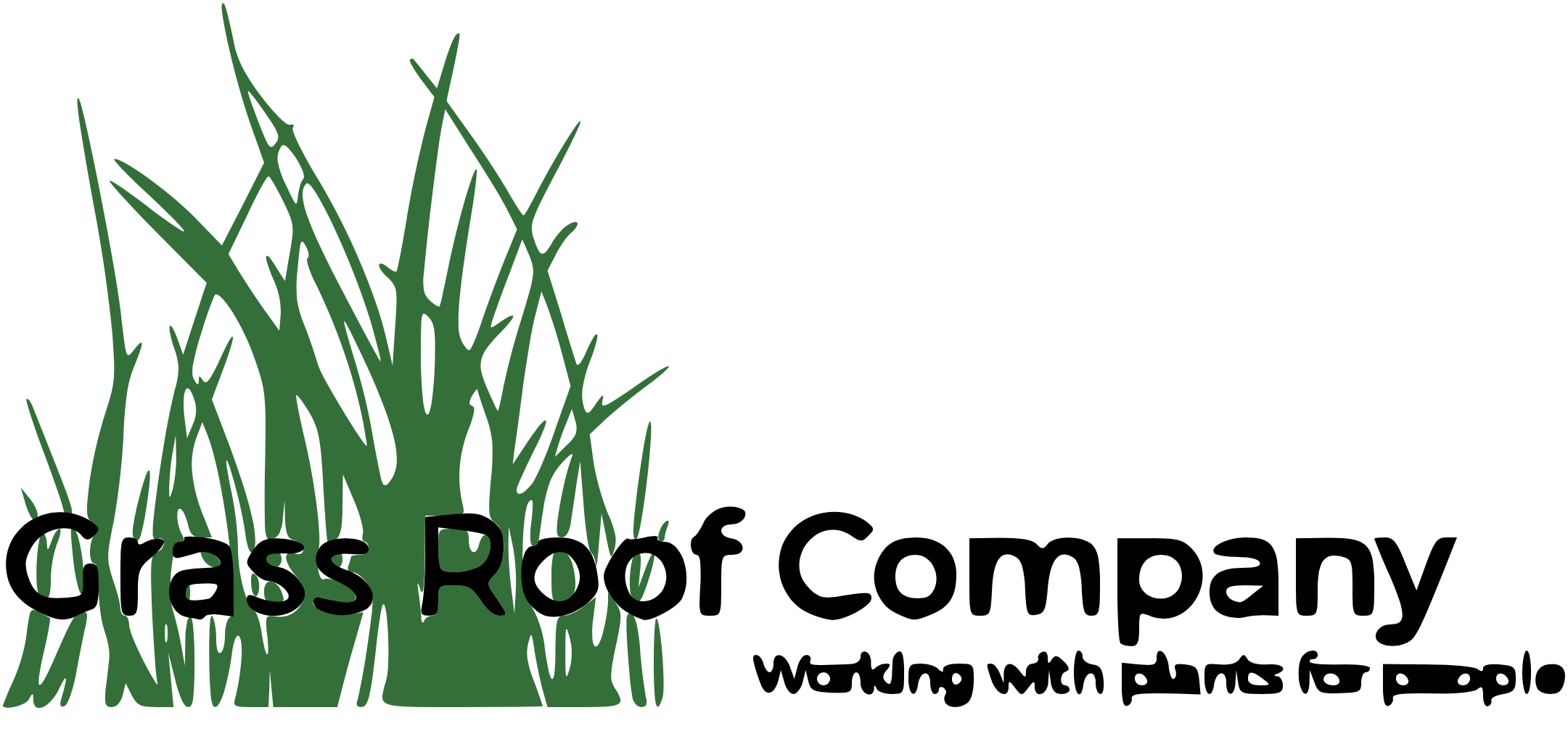Why our waste could become our best wildlife habitat
Thoughts and Obsessions from Langdons south side.
John Little
Why our waste could become our best wildlife habitat
It’s the sight that most sums up our selfish disregard for wildlife and our precious green space. A super market trolley dumped in a pond more than anything else induces disgust and 1st world ranting from most of us, but....
I’m not suggesting we save wildlife by dumping trollies in ponds but if we made sure it was below the water and out of site it will become one of the most important and diverse parts of the pond. In the same way we sink our decommissioned ships to form new and incredible important reefs the trolley in the pond is soon the place pond life love to hang out.
11 years ago we created a scrape down our garden, replacing the top soil with crushed brick and rubble. This year we were fortunate enough to have the amazing James McGill survey our place. Turns out the rubble is by far the most interesting and diverse part of our garden.
Wildlife loves our waste. We just need to design it back into our landscape in a way that works as an aesthetic as well as a habitat.
This part of Essex is the most amazing place for wildlife, especially invertebrates. Its our industry and building that has removed a lot of the traditional habitat but the remnants of our activity has produced one of the most diverse habitats we have. Brownfield. These places are often described as our rainforests for the number of species within a small area and what makes them work for wildlife is our disturbance and our waste. Indeed if we stop ‘disturbing’ ie managing these places they become far less valuable. Piles of our rubbish become homes for a myriad of species, the often low nutrient waste supports plants that can’t survive in the rich soils of the traditional landscape, our cold blooded friends find the brick rubble the perfect spot to warm up and seek prey. We must not underestimate the potential of these places but if we want the public to warm to them and indeed even see them we have to start designing this habitat and intern waste back into our landscapes especially around where we live.
The image below is an attempt to do just that, if we can make waste materials look cool they will become cool.
We may then start to see them being used by the designers of our public space and parks. Just the potential to use waste substrates to dictate plant design is massively underplayed, we can shape the landscape with our waste, that way we reduce maintenance costs and increase plant diversity.
We just need to be smart.


